In a significant advancement in space exploration, China successfully landed an uncrewed spacecraft on the far side of the moon on Sunday. This groundbreaking mission aims to collect the world`s first rock and soil samples from the dark lunar hemisphere, Reuters reported.
The successful landing boosts China`s status in the global race to explore the moon, where countries like the United States are seeking to utilize lunar minerals for long-term astronaut missions and moon bases over the next decade.
The Chang`e-6 spacecraft, equipped with various scientific tools and its own launcher, landed in the South Pole-Aitken Basin, a massive impact crater on the moon`s far side, at 6:23 am Beijing time (2223 GMT), stated the China National Space Administration (CNSA) on its website.
The CNSA highlighted that the mission "involves many engineering innovations, high risks and great difficulty." They further noted, "The payloads carried by the Chang`e-6 lander will work as planned and carry out scientific exploration missions."

This mission marks China`s second successful landing on the moon`s far side, a region no other country has reached. The moon`s far side, which always faces away from Earth, is filled with deep craters, making communication and landing operations more challenging.
The Chang`e-6 probe was launched on May 3 aboard China`s Long March 5 rocket from the Wenchang Satellite Launch Center on Hainan Island. It reached the lunar vicinity roughly a week later and then tightened its orbit in preparation for the landing.
Equipped with a scoop and drill, the lander aims to collect 2 kg (4.4 pounds) of lunar material to bring back to Earth. The samples will be transferred to a rocket booster atop the lander, which will then launch back into space, rendezvous with another spacecraft in lunar orbit, and return to Earth, with a landing in China`s Inner Mongolia region expected around June 25.
If successful, this mission will provide China with invaluable insights into the moon`s 4.5 billion-year history and offer new clues about the solar system`s formation. It will also allow for an unprecedented comparison between the dark, unexplored far side and the more familiar Earth-facing side of the moon.
Looking ahead, China`s lunar strategy includes its first astronaut landing around 2030, with Russia as a potential partner. In 2020, China conducted its first lunar sample return mission with Chang`e-5, which retrieved samples from the moon`s near side.
Meanwhile, the United States, through its Artemis program, plans a crewed moon landing by late 2026 or later. NASA has partnered with several space agencies, including those from Canada, Europe, and Japan, whose astronauts will join US crews on future Artemis missions.


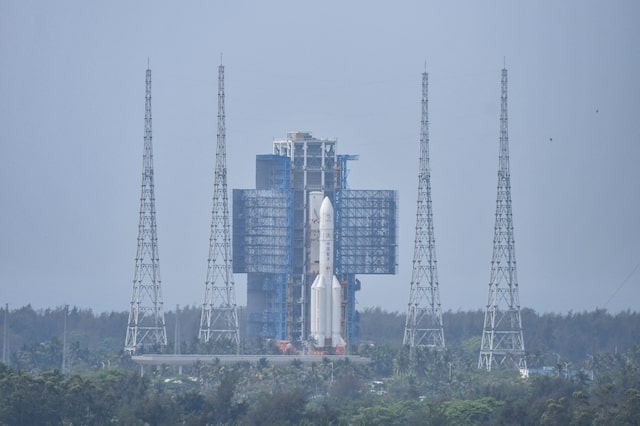

-20251216092417.webp)











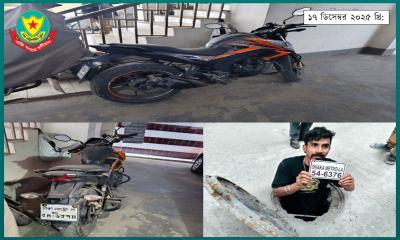



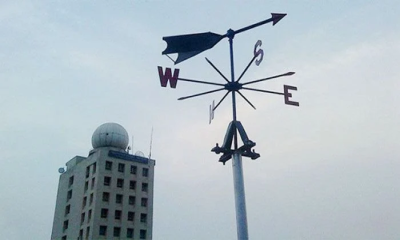

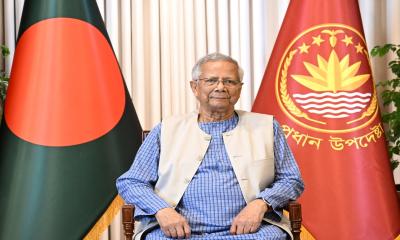






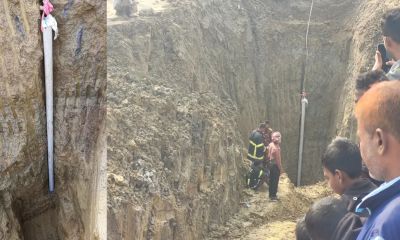
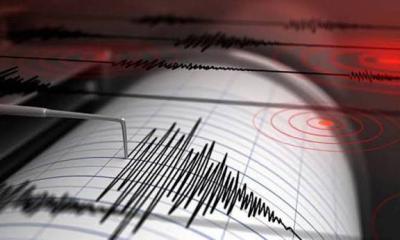




-20251216054240.jpeg)
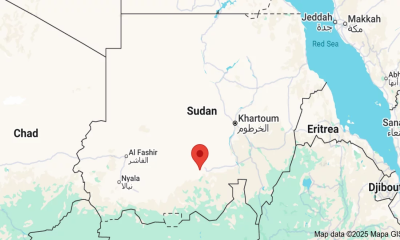

-20251212132043.webp)
